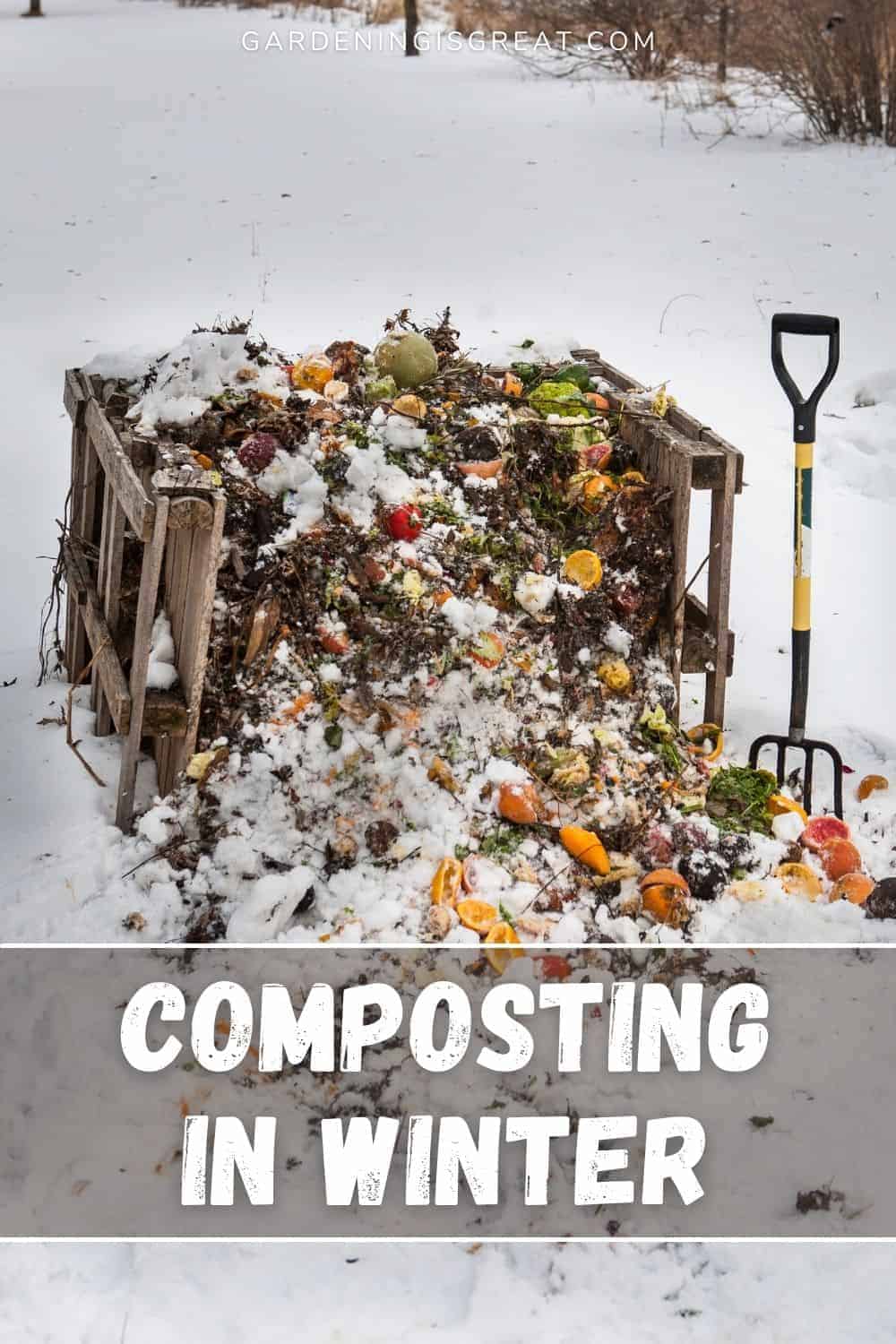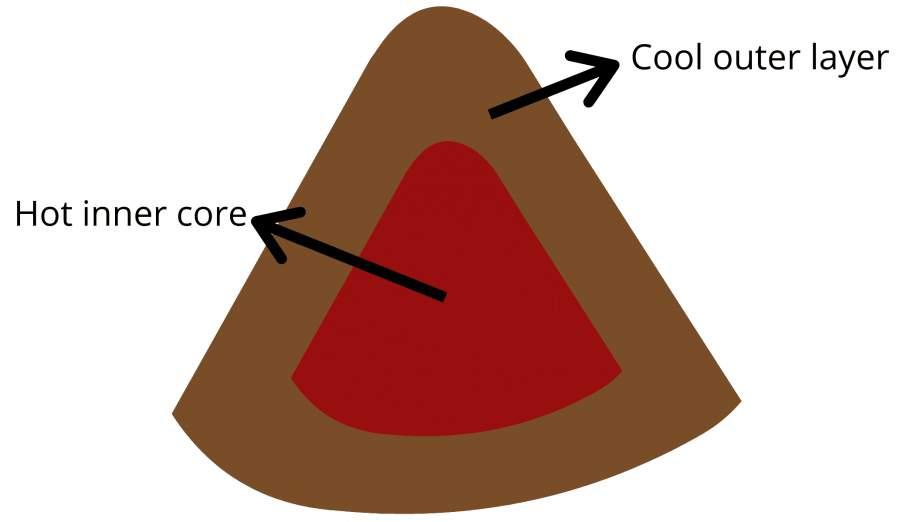How to Master Winter Composting for Gardeners

As the first frost settles and the garden begins its winter slumber, many home gardeners hang up their gloves and retreat indoors. But did you know that winter is an excellent time to nurture your compost pile? Just like a bear hibernating, your compost can thrive during the colder months with the right care. Let's dive into the art of winter composting and transform your garden waste into black gold.
Understanding Winter Composting
Winter composting is not just about tossing kitchen scraps into a pile and hoping for the best. It's about managing a living ecosystem that, with a little TLC, can continue to break down organic matter even as the mercury drops. The key to successful winter composting lies in understanding and managing four critical elements: heat, insulation, aeration, and moisture.
The Science Behind Winter Composting
Composting relies on microorganisms to break down organic matter. These tiny workers generate heat as they consume and decompose materials. In winter, maintaining this heat is crucial. Think of your compost pile as a cozy nest for these microbes—the warmer it is, the more active they'll be.
Winter Compost Management: The Basics
Insulating Your Compost Pile
Insulation is the cornerstone of winter compost management. Just as you bundle up in layers to stay warm, your compost pile needs protection from the cold. Here are some tips to insulate your compost effectively:
- Location Matters: Place your compost bin in a sunny spot, sheltered from wind. A south-facing location can capture more sunlight and warmth.
- Layer Up: Add a thick layer of carbon-rich materials like straw, leaves, or shredded paper on top of your compost pile. This acts as a natural insulator.
- Cover It Up: Use a tarp or lid to cover your compost bin. This helps retain heat and keeps out excess moisture.
Compost Aeration: Keeping It Breathable
Aeration is vital for composting, as microorganisms need oxygen to thrive. In winter, maintaining proper aeration can be challenging due to the compacted nature of frozen materials. Here’s how to keep your compost well-aerated:
- Turn It Regularly: Use a pitchfork or compost aerator to turn your pile every few weeks. This introduces fresh air and helps distribute heat evenly.
- Add Bulky Materials: Incorporate materials like wood chips, straw, or shredded cardboard. These create air pockets and improve aeration.
Compost Moisture: Balancing Act
Moisture is another critical factor in winter composting. Too much moisture can lead to a soggy, anaerobic mess, while too little can halt decomposition. Here’s how to strike the right balance:
- Monitor Moisture Levels: Your compost should feel like a wrung-out sponge—damp but not dripping. If it’s too wet, add more dry materials. If it’s too dry, sprinkle some water.
- Protect from Rain and Snow: Use a cover to prevent excess water from seeping in. This is especially important in regions with heavy snowfall.
Advanced Winter Composting Tips
Seasonal Gardening and Composting
Winter composting is part of a broader practice of seasonal gardening. By understanding the natural cycles of your garden, you can optimize your composting efforts. Here are some seasonal tips:
- Fall Preparation: Collect and shred leaves in the fall. These are excellent carbon-rich materials that can be used to insulate your compost pile.
- Spring Benefits: A well-managed winter compost pile will be ready to enrich your garden soil come spring. This gives your plants a nutrient-rich boost right from the start.
Troubleshooting Common Issues
Even with the best intentions, winter composting can present challenges. Here are some common issues and how to address them:
- Frozen Pile: If your compost pile freezes, don’t panic. Simply add more insulating materials and turn the pile to introduce fresh air.
- Slow Decomposition: If your compost isn’t breaking down as quickly as you’d like, check the moisture and aeration levels. Adding a layer of fresh, nitrogen-rich materials like grass clippings or coffee grounds can also kickstart decomposition.
Conclusion: Embrace the Cold
Winter composting is a rewarding practice that not only reduces waste but also enriches your garden soil. By mastering the art of insulating, aerating, and managing moisture, you can keep your compost pile active and healthy throughout the cold months. As you watch your garden transform with the seasons, remember that your compost pile is a living, breathing part of that ecosystem.
So, are you ready to embrace the cold and become a winter composting pro? Your garden will thank you come spring.
FAQs
What materials should I avoid adding to my winter compost pile? Avoid adding meat, dairy, and diseased plant materials to your compost pile. These can attract pests and introduce diseases.
How often should I turn my compost pile in winter? Turn your compost pile every few weeks to ensure proper aeration and heat distribution.
Can I compost in regions with heavy snowfall? Yes, you can compost in regions with heavy snowfall. Use a cover to protect your compost from excess moisture and ensure proper insulation.
What is the ideal temperature for a winter compost pile? The ideal temperature for a compost pile is between 130°F and 160°F (54°C and 71°C). This range promotes rapid decomposition.
How do I know if my compost is ready to use? Compost is ready to use when it has a dark, crumbly texture and a pleasant, earthy smell. It should also be cool to the touch, indicating that the decomposition process is complete.


By following these tips and embracing the unique challenges of winter composting, you can transform your garden waste into a valuable resource. Happy composting!
0 Response to "How to Master Winter Composting for Gardeners"
Post a Comment